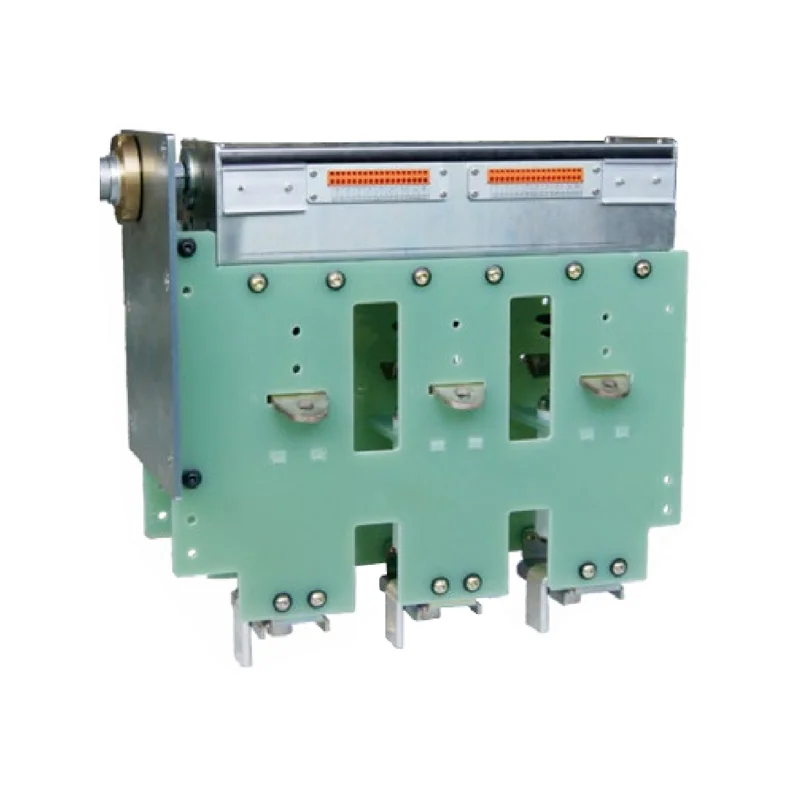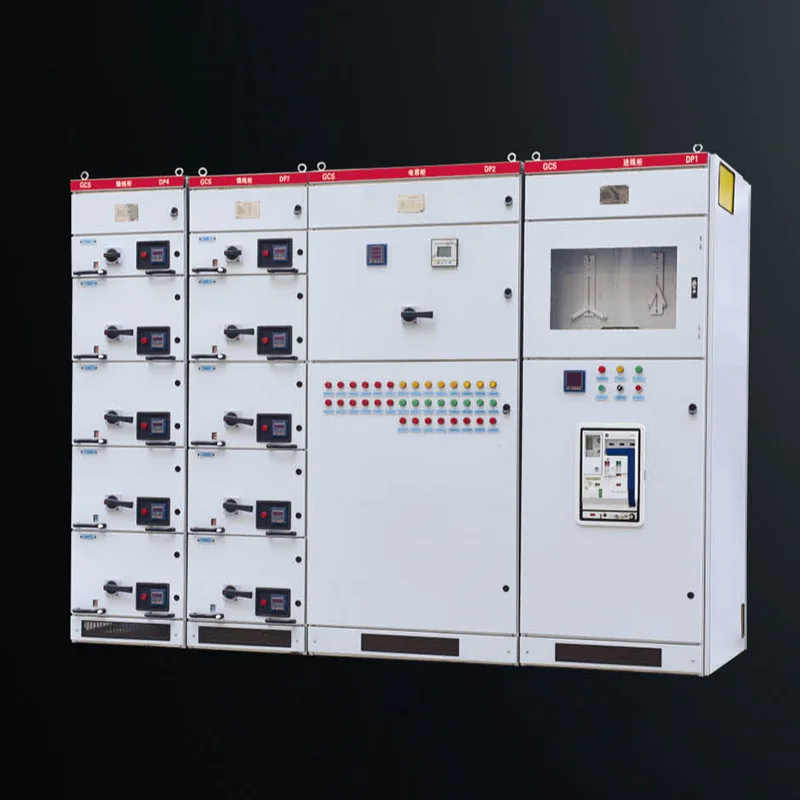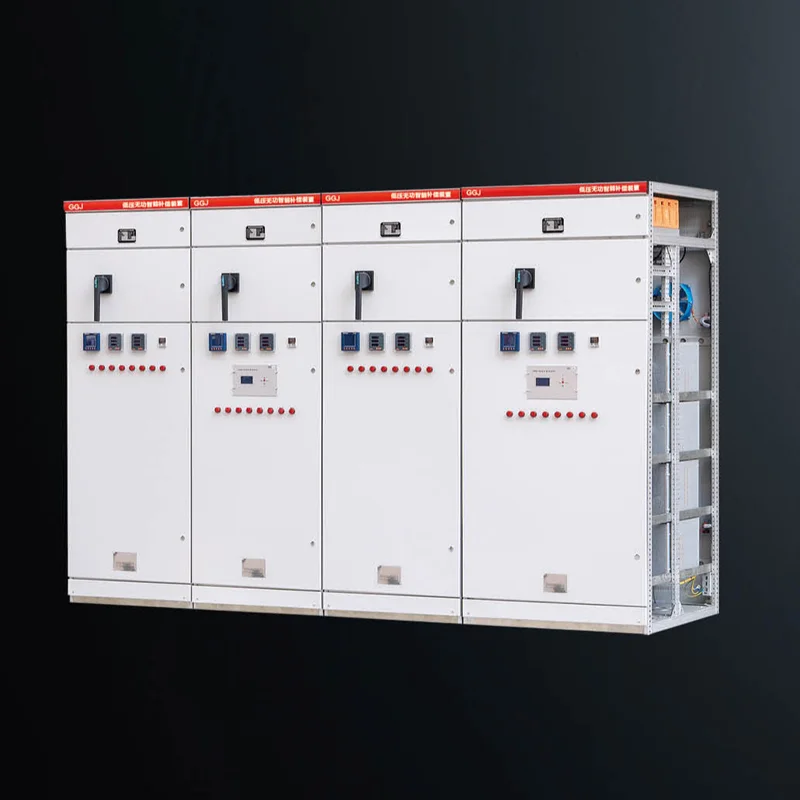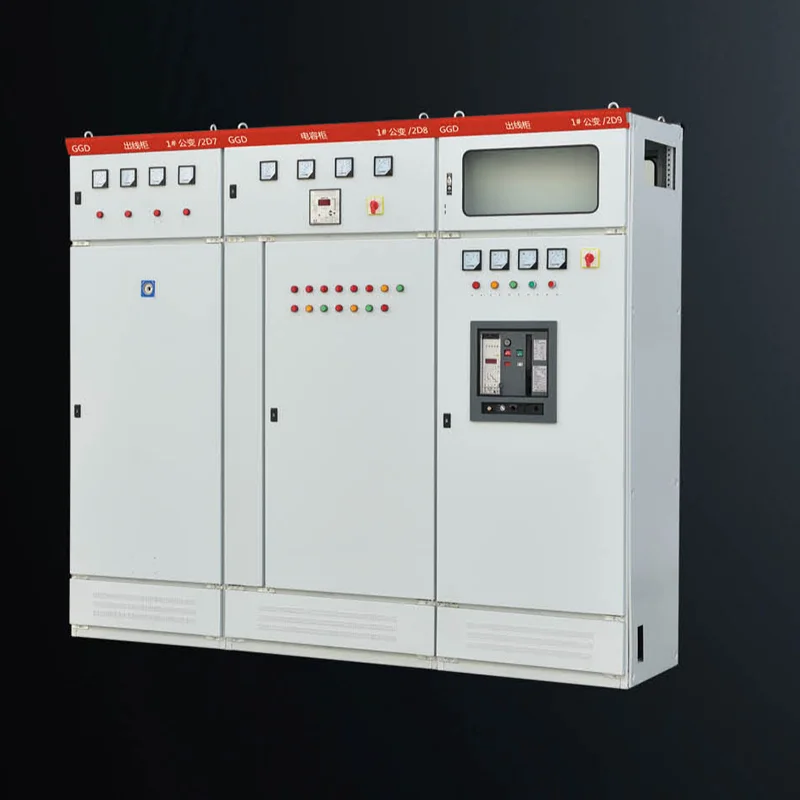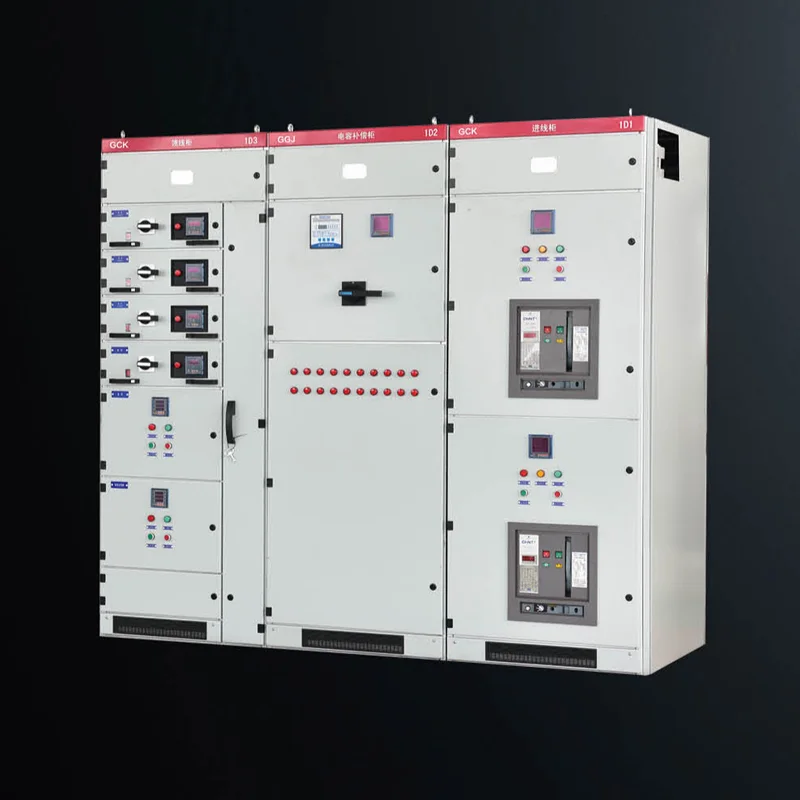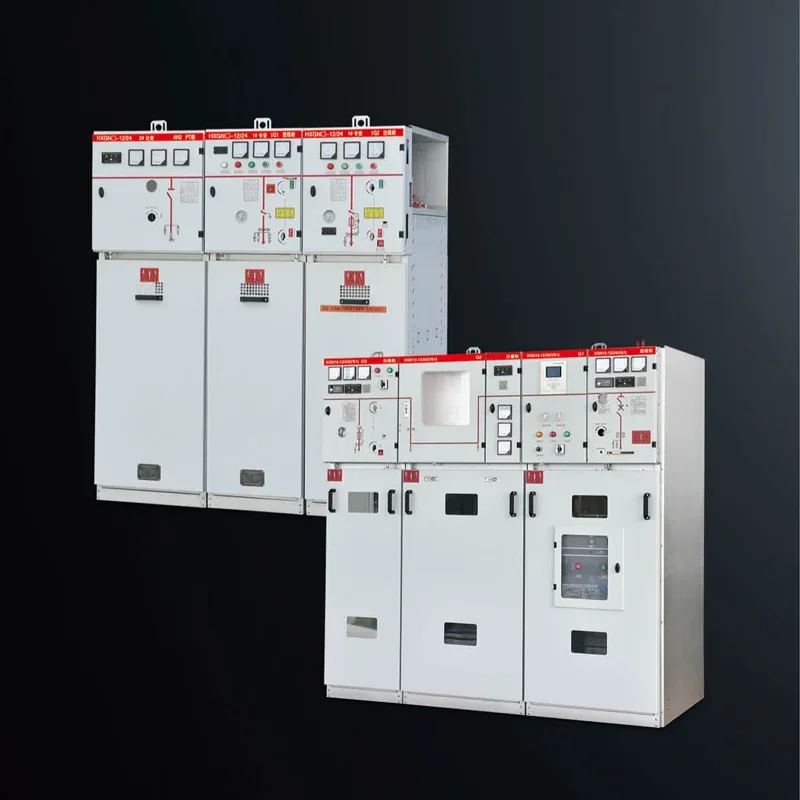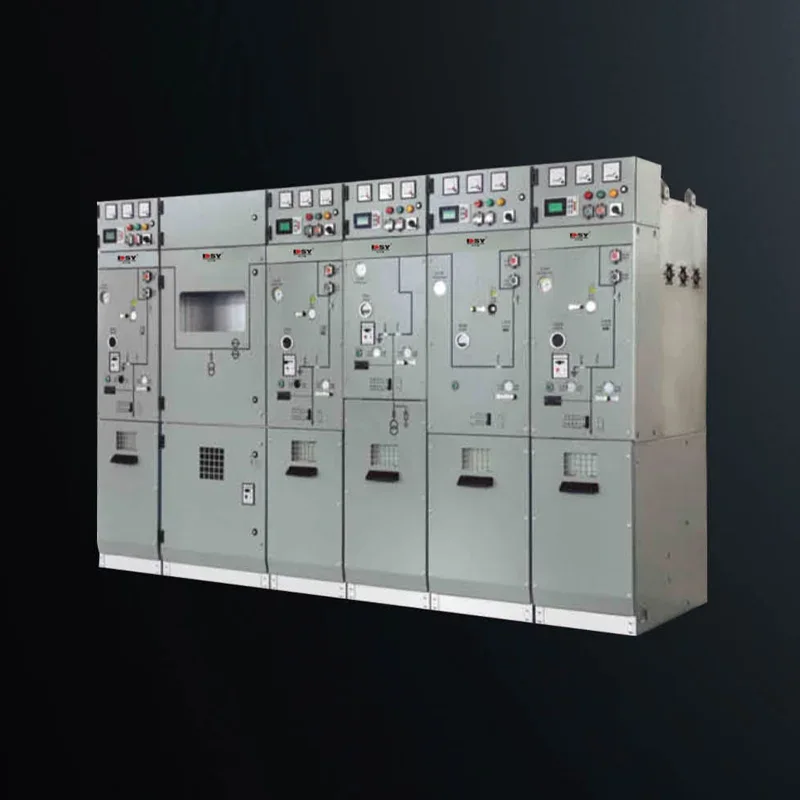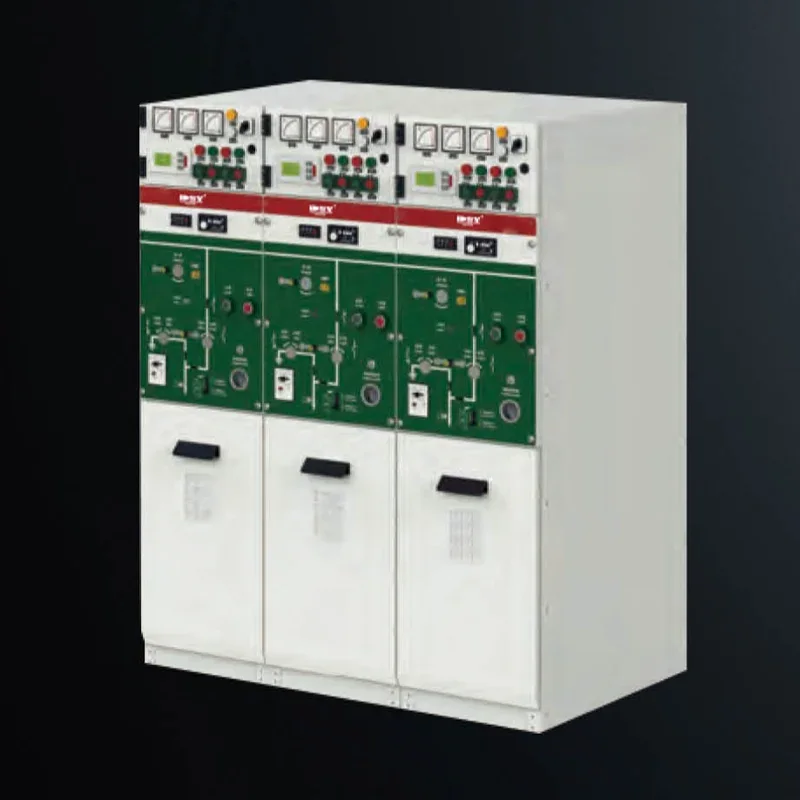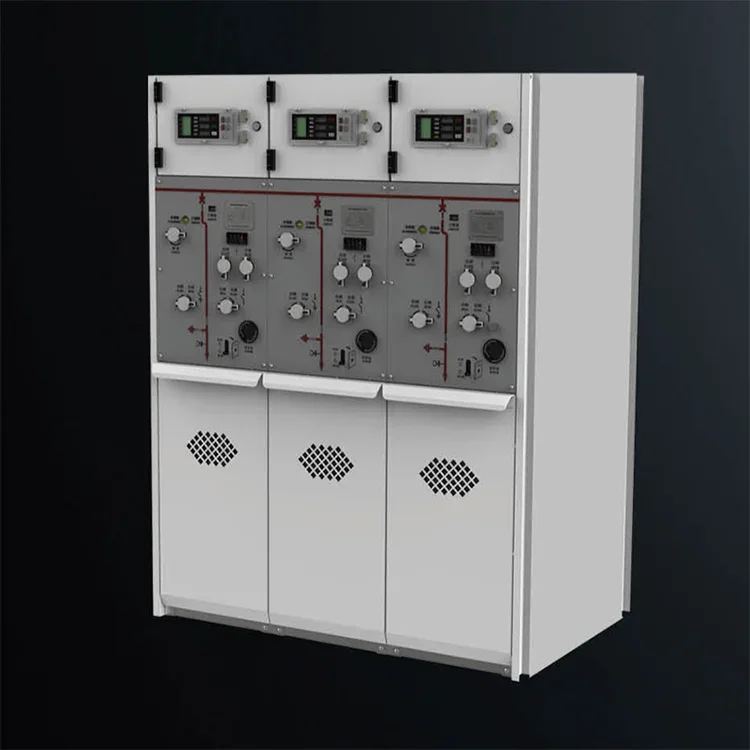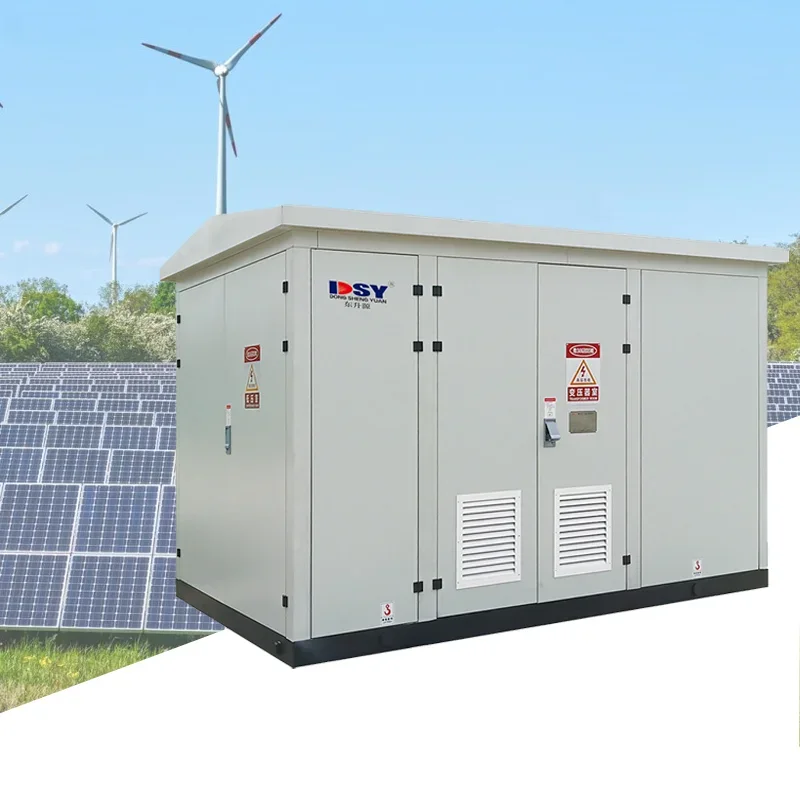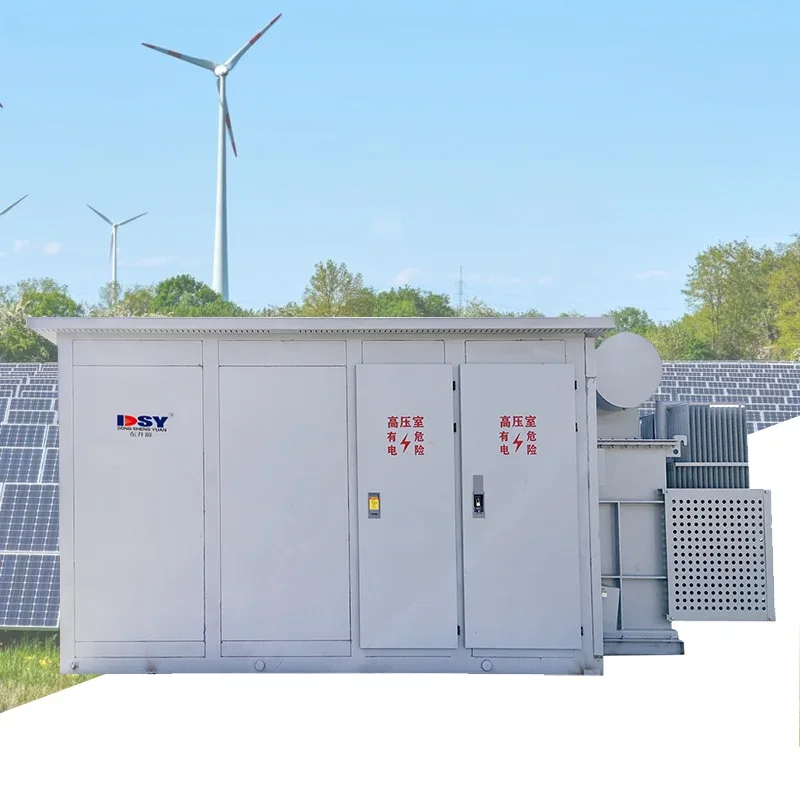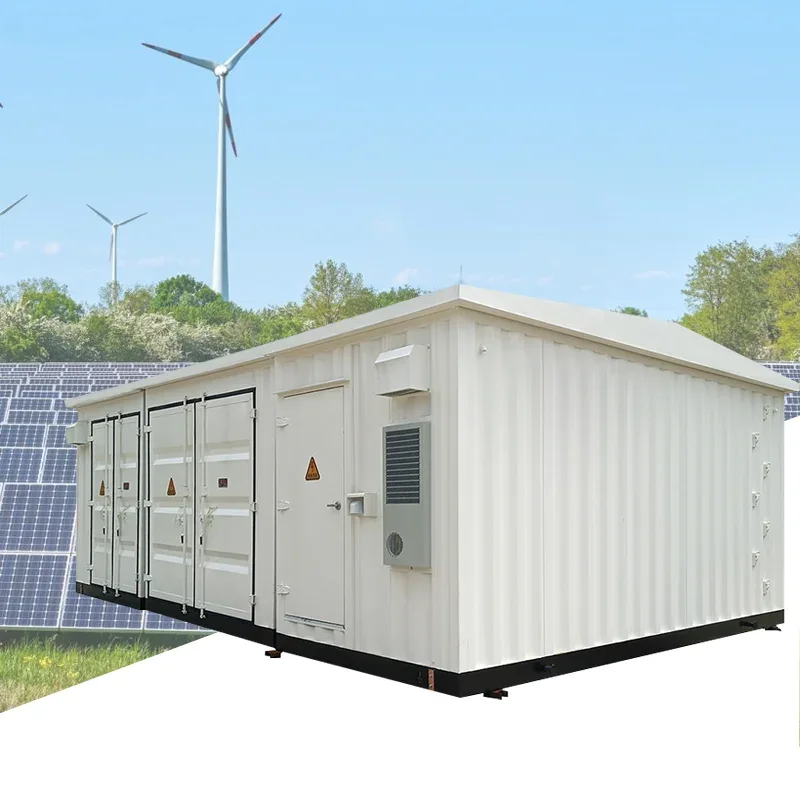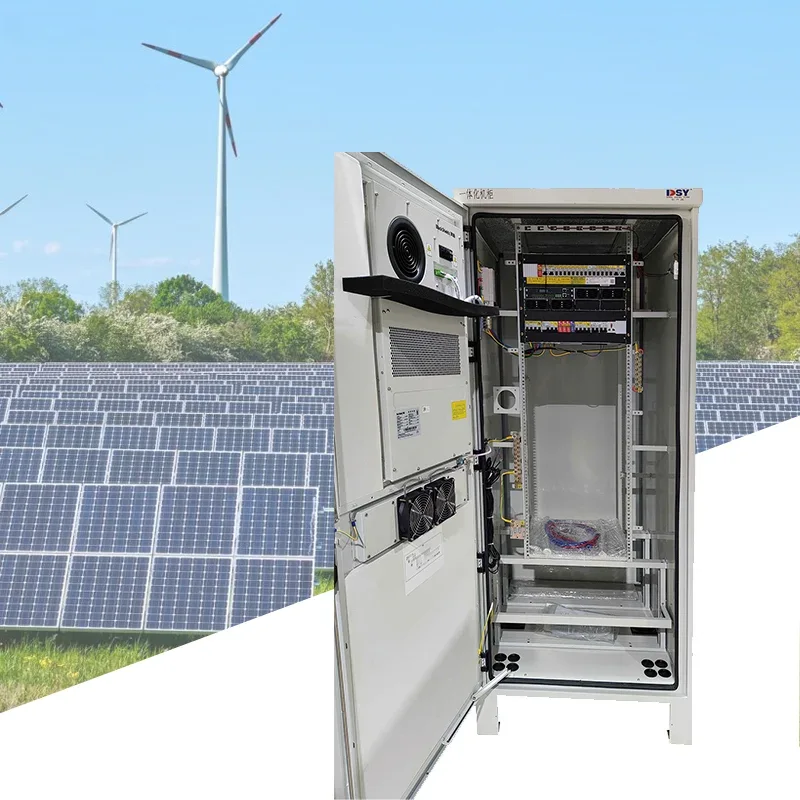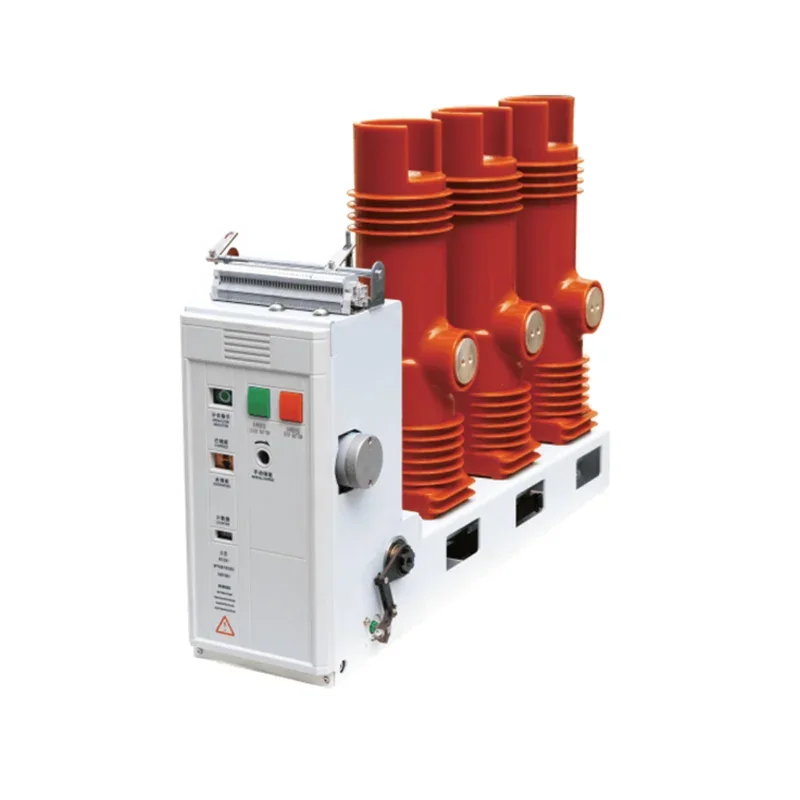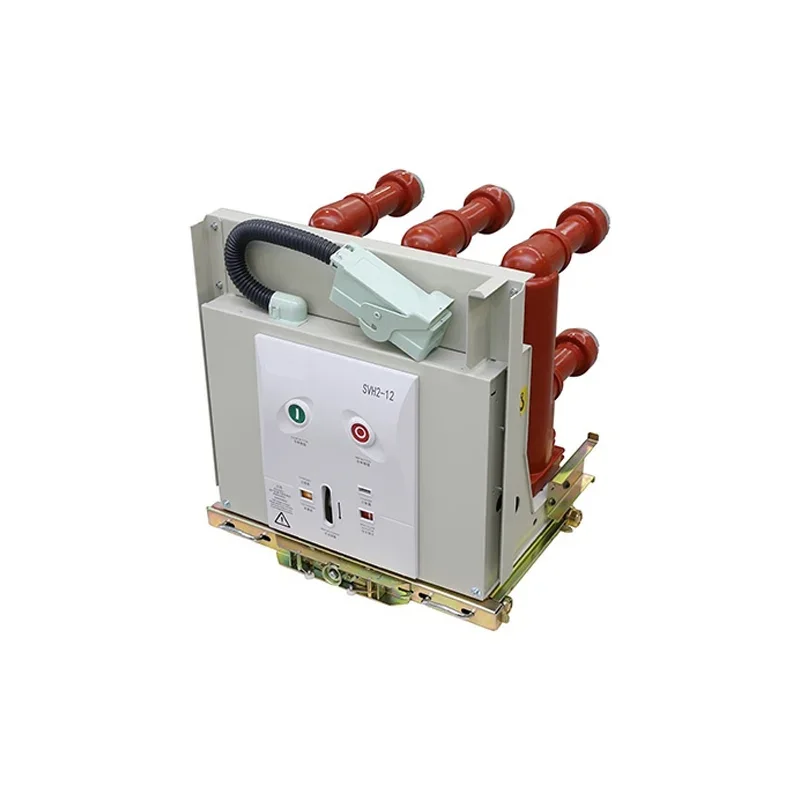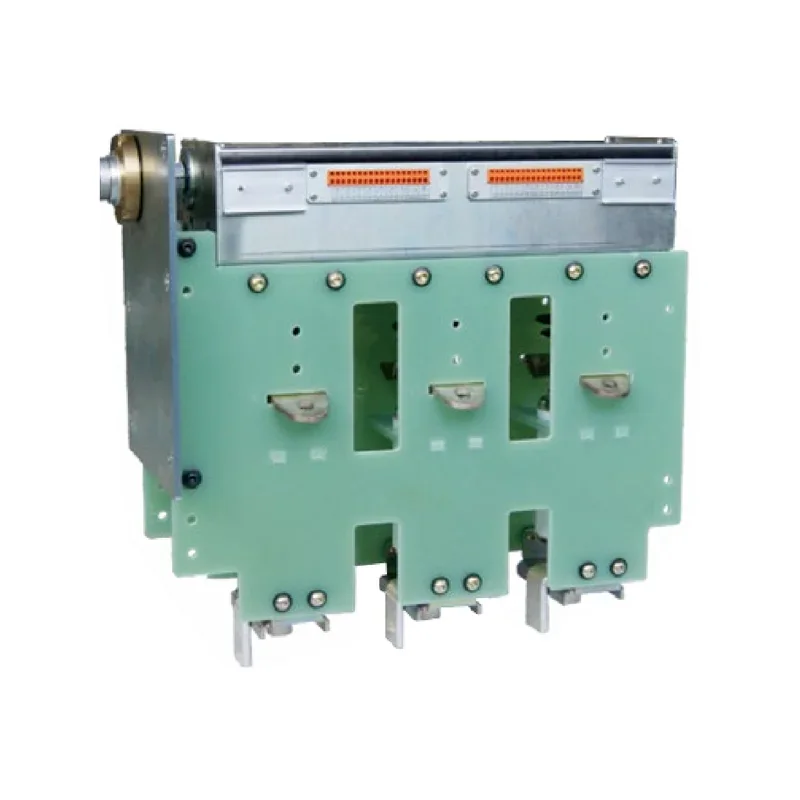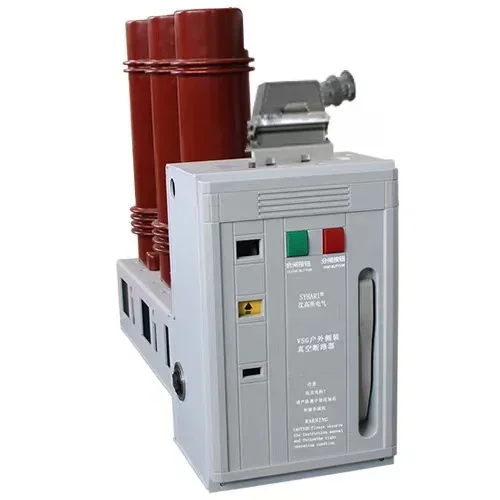Top Features to Look for in High Voltage Switchgear: A Comprehensive Guide
Top Features to Look for in High Voltage Switchgear: A Comprehensive Guide Understanding High Voltage Switchgear High voltage switchgear is crucial for controlling, protecting, and isolating electrical equipment in power systems. It plays a vital role in ensuring the safety and reliability of electrical networks. With the increasing demand for efficient energy solutions, it is essential to und
Jul 17,2025
Top Features to Look for in High Voltage Switchgear: A Comprehensive Guide
Understanding High Voltage Switchgear
High voltage switchgear is crucial for controlling, protecting, and isolating electrical equipment in power systems. It plays a vital role in ensuring the safety and reliability of electrical networks. With the increasing demand for efficient energy solutions, it is essential to understand the **key features** that make high voltage switchgear effective.
The Importance of Choosing the Right Switchgear
Selecting the appropriate high voltage switchgear is not merely a technical decision; it is pivotal for operational efficiency and safety. The right switchgear minimizes the risk of electrical faults, reduces maintenance costs, and prolongs the lifespan of electrical infrastructure. Given the investment involved, understanding the characteristics that set apart quality switchgear is paramount.
Key Features to Consider in High Voltage Switchgear
1. Insulation Type
The insulation type of switchgear is critical for its performance and reliability. High voltage switchgear typically employs two types of insulation: **air-insulated** and **gas-insulated**.
- **Air-Insulated Switchgear (AIS)**: This type uses air as an insulating medium, which is abundant and cost-effective. However, it requires more space and is more susceptible to environmental conditions.
- **Gas-Insulated Switchgear (GIS)**: GIS uses a gas, typically sulfur hexafluoride (SF6), as insulation. It is compact and ideal for urban areas with limited space, offering high reliability and resistance to environmental factors.
2. Current Rating
The current rating is a measure of the switchgear's capacity to handle electrical loads without overheating. It's expressed in amperes (A) and is crucial for ensuring that the switchgear can handle peak load conditions. Selecting the right current rating helps prevent operational failures and extends the life of the equipment.
3. Voltage Rating
Voltage rating denotes the maximum voltage that the switchgear can safely operate. It is crucial to match the voltage rating with the system requirements to avoid breakdowns or failures. Switchgear must be capable of handling both operational and transient voltages.
4. Short-Circuit Withstanding Strength
Short-circuit current can cause significant damage to electrical systems. The short-circuit withstanding strength of switchgear indicates its ability to withstand and function during fault conditions. This feature is critical for safeguarding both equipment and personnel.
5. Control Mechanisms
Modern high voltage switchgear is equipped with advanced control mechanisms. These can include:
- **Manual Controls**: For straightforward operations and maintenance.
- **Automated Controls**: For enhanced efficiency and reduced human error, allowing for remote operation and monitoring.
Integration with Smart Grid Technology
As the industry shifts towards smart grids, integrating high voltage switchgear with smart technology can lead to improved monitoring and management of power systems. Features such as real-time data analytics and predictive maintenance capabilities are increasingly necessary.
6. Safety Features
Safety is paramount in high voltage applications. Key safety features to look for include:
- **Interlocks**: To prevent accidental operation during maintenance.
- **Earth Fault Protection**: To detect and respond to earth faults, protecting personnel and equipment.
- **Overcurrent Protection**: To prevent damage from excessive current flow.
7. Maintenance Requirements
The ease of maintenance should be factored into your choice of switchgear. Some designs require less frequent maintenance and simplified procedures, while others may need regular checks and part replacements. A switchgear with a long maintenance interval can reduce operational downtime and costs.
8. Environmental Considerations
In today's world, environmental impact is a significant consideration. Look for switchgear that adheres to environmental regulations and utilizes eco-friendly materials. This is especially important for GIS, which uses SF6 gas, known for its high global warming potential. Manufacturers are now working on alternatives to reduce environmental impact.
The Role of Reliability and Durability in High Voltage Switchgear
High voltage switchgear must be reliable and durable to withstand harsh operating conditions. Investigate the manufacturer's history, the warranty offered, and user reviews to assess the reliability of the switchgear. A product with a proven track record is often a safer investment.
FAQs About High Voltage Switchgear
1. What is high voltage switchgear used for?
High voltage switchgear is used for controlling, protecting, and isolating electrical equipment in power systems, ensuring safe operation and minimizing downtime.
2. How do I choose the right voltage rating for switchgear?
Select a voltage rating that matches or exceeds the maximum operating voltage of your power system to ensure safety and efficiency.
3. What are the advantages of gas-insulated switchgear?
Gas-insulated switchgear has a smaller footprint, is less affected by environmental conditions, and provides high reliability, making it suitable for space-constrained urban environments.
4. How often should high voltage switchgear be maintained?
Maintenance frequency can vary based on the type of switchgear and its operational environment. Regular inspections and maintenance should align with manufacturer recommendations.
5. What factors influence the cost of high voltage switchgear?
Factors include the type of insulation, current and voltage ratings, safety features, manufacturers' reputation, and integration with smart grid technology.
Conclusion
Understanding the **top features** of high voltage switchgear is crucial for anyone involved in the electrical industry. By considering aspects such as insulation type, current and voltage ratings, safety features, and maintenance requirements, you can make informed decisions that will enhance the efficiency and safety of your electrical systems. Investing in quality high voltage switchgear not only ensures operational reliability but also contributes to the overall sustainability of electrical infrastructure. As technology advances, staying informed about the latest features and innovations will enable you to choose the best switchgear for your needs.
Related News
From June 5th to 8th, 2025, Shenzhen Dongshengyuan Electrical Equipment Co., Ltd. (hereinafter referred to as "Dongshengyuan Electric") participated in the Southeast Asia Electricity and Energy Exhibition (SEAPAE) held in Jakarta, Indonesia. During the exhibition, the company highlighted its three core product lines: high-voltage and low-voltage distribution switchgear, intelligent circuit breakers, and environmentally friendly load switches. These products are designed to provide targeted solutions for the high temperature and high humidity environments commonly found in Southeast Asia, as well as the growing demand for new energy access. They have successfully attracted over 200 industry customers for business negotiations.
The difference between circuit breakers and vacuum circuit breakers
Circuit breaker is an abbreviation for pole type circuit breaker. Circuit breakers are also vacuum circuit breakers

